Analysis and Elucidation of Morphology and Pattern Formation in Iranian Painting and Miniature Art
Mahyar Arb bourbour
Iranian painting is divided into various periods and different historical styles. However, despite the categorizations formed in defining the historical periods of Iranian painting, there has never been a discussion of fixed principles that could characteristically determine the evolution and development of Iranian painting. Instead, the focus has often been on explaining historical divisions and mentioning a few features of each era. This article attempts to fill this gap by analyzing Iranian painting based on historical categorizations that govern both the temporal and spatial aspects of these painting periods, examining the influential morphology and pattern formations of Iranian painting.
The article consists of three parts, which ultimately contribute to the analysis of morphological patterns in Iranian painting. These divisions include the following stages:
Part One: Iranian painting in this article begins with a temporal division based on existing works in manuscripts, architectural walls, fabrics, panels, and jewelry found in museums and libraries. It then distinguishes these works based on the geographical location resulting from Iran’s conquests and geographic borders.
Part Two: We describe the characteristics of the paintings in that period.
Part Three: With an analytical examination of the paintings from each period, we discuss the morphological pattern and the prominent forms of that era.
In this research, we strive to identify the indicators and formal patterns that form the basis of two-dimensional imagery in Iranian painting, which leads to the revival and serves as a precursor for the emergence of a new style with a distinctly Iranian identity that resonates with modern-day Iran.
